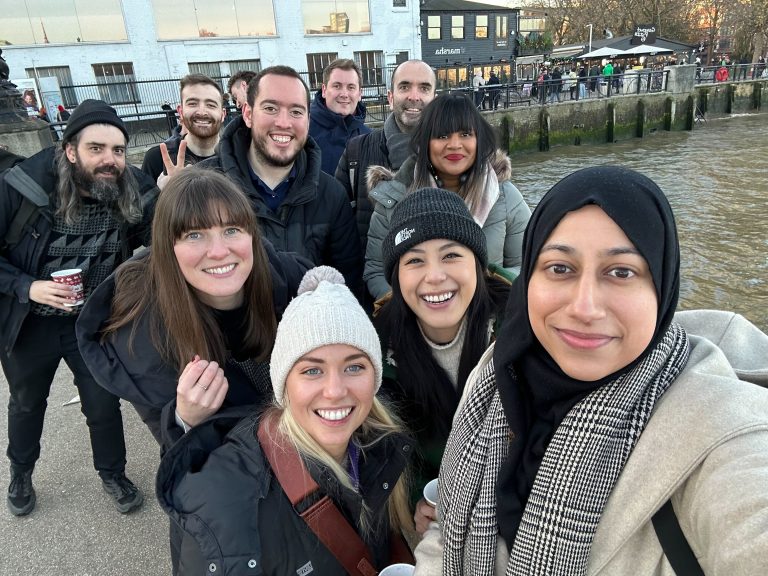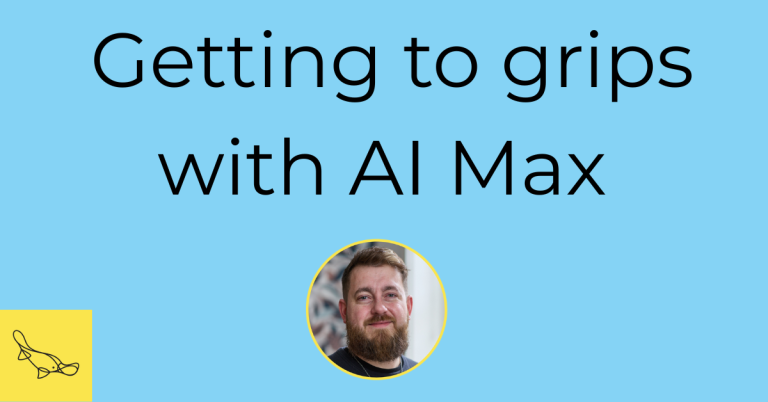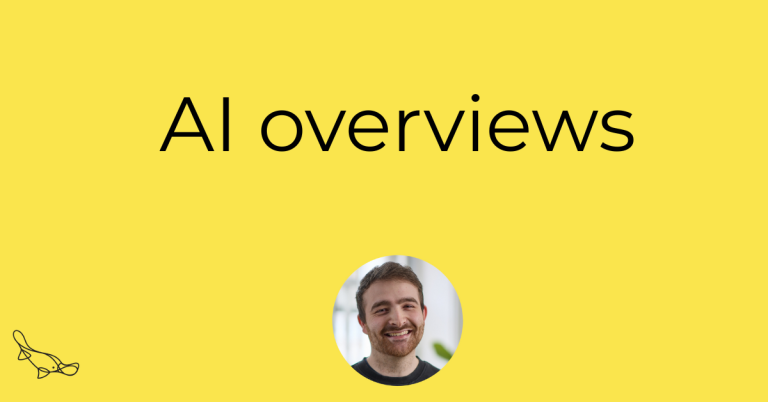You’re interested in working at Platypus Digital.
There’s a job you’re thinking about applying for. Great!
Here’s our guide on how to get a job with us.
Decide whether to apply
It takes a long time to apply for jobs. Writing the application, doing the test, doing the interview. Very time consuming for applicants, lots of blood, sweat and even tears.
You need to be sure it’s worth it before starting out.
Here’s how we suggest you do that.
Read about Platypus
Decide if you could do the job
A big decision. Could you actually do the role?
Read the job description. Think about which bits you’d be best at and which you still need to work on.
If you meet everything there, great!
If you meet most things, apply anyway and be honest about your gaps – you could still get the role if you’ve got a good combination.
If you don’t meet many things, maybe don’t apply this time round and work on those gaps through training or experience in your current role.
Don’t just go straight to the application form. Find out more about Platypus.
- Read our jobs page to find out about our culture
- Look at our blog to find out the kind of topics we like to write about
- Read about what we do – you might not know about all the services we offer beyond the one you’d work in
- Check out Digital Candle – we also run this free service for charities who can’t afford our services
- Connect with me (Matt) on LinkedIn and read a few of my posts. Not because I’m desperate for the followers (not that I’m not) but more to give you an idea of the kinds of topics we’re interested in
- Read our values blog post – these are really important to us and we’ll ask about them in the interview
Of course, there’ll be a lot of things that sound good to you in there. But there might be lots of things that would be challenges too, like our ‘constantly improve’ value. Do you want to work somewhere where you’ll be expected to keep getting better at your job?
Decide if you want to work at an agency at all
You might not work at an agency now. So think about if agency life is for you.
You’ll have multiple clients at any one time. Some people get a whole new set of clients every few months.
Our clients really need us. So there’s always a lot to do at an agency like Platypus.
Write a great application
The aim of your application is to help us decide if we invite you to complete the test.
Here’s how to write a good one.
Copy the questions into a document to work on
This will make it easier for you to work on a few drafts.
Use the STAR method
- Situation – the situation you had to deal with when you did the thing you did. What was going on?
- Task – the task you were given to do, or decided to do yourself
- Action – the action you took, specifically what you did, when and how
- Result – what happened as a result of your action and what you learned from the experience
You could only write a line or two for each point in theory, if you address each one.
Write more than one line per answer
We have seen a lot – one-sentence answers to questions.
It’s not enough for us to see if you have enough experience to invite you to the test. It also looks a lot like you don’t really want the job. So we don’t invite people who give single-line answers to do the test.
We suggest a maximum of 350 words for each answer. We think it’s enough to assess whether to invite you to the test, but not so onerous that you spend too long on it.
Ask for adjustments if you need them
If you’re invited to the test and/or interview, but need adjustments, we’re usually fine to do this. This is the point in the process to let us know.
Include some information about that in your answers.
Other tips
- Don’t write too much about what you believe. We’ve seen a lot of applications that have talked about how much they believe in the power of digital to change lives. That’s great and everything, but we want to hear more about what you’ve done than what you believe.
- Don’t refer to the names of your past employers too much. We could use that info to identify you in theory, and we’re trying to keep the process anonymous. We’re more impressed by what you’ve done than big name employers anyway.
Write a great test response
You’ve written the application and you’re invited to the test. Awesome!
There’s no easy way to do a great test but these things might help.
Show your working
Remember maths at school? You get most of your marks for showing your process and why you took certain steps rather than arriving at the right answer, which might not even exist.
Tell people you live with not to disturb you
It’s a one hour timed test. Suggest a time to get the test that you’re unlikely to be interrupted in and / or ask your loved ones to leave you alone so you can really focus.
Don’t worry about how much you wrote
You’ll always feel like you could have written more than you did. Don’t worry, you just need enough for us to assess whether to invite you to interview. We do usually get this from most tests.
Do a great interview
You’ve been invited to an interview. Woohoo!
Here are some things to remember before the big video call happens:
Re-read our values
We’ll ask about how you’re bought into our values.
So pre-interview is a great time to re-read our values blog
Our process is anonymous
We take out all names and identifying information before interviewing someone. So we don’t connect your application text to you when we speak to you. All we really know is your name and that we want to interview you!
Some people have said “As you know, I worked at X” in an interview, as if we have that connection between their application text and this interviewee in our mind. We don’t – think of the interview as a totally clean slate.
Use the STAR method again
We’ll ask you to describe situations where you did certain things.
The STAR method is good here too. Feel free to say “The situation was X, the task was Y” – it’s fine to show that you’re using the method out loud.
Don’t apologise for being nervous
You’re doing an interview for a job you’ve worked hard to get and really want. Of course, you’re nervous!
Most applicants we’ve interviewed have been nervous so we don’t hold it against anyone.
When you might get feedback
Applying for jobs is hard. It’s particularly hard not knowing why applicants don’t get further in the process.
So we give feedback to unsuccessful candidates as much as we can.
Here’s when we give feedback and when we don’t:
Initial application
We don’t give full feedback for the initial application via our online form. We get a lot of applications. So unfortunately we can’t manage to give detailed feedback for everyone we get.
The most common reasons are not being able to prove the applicant has the skills in the job description, or not writing enough for us to be able to make a decision on that.
We will email the applicant saying they weren’t invited to the test.
Written task
We give feedback by email to candidates who complete a written test but aren’t invited to interview.
Interview stage
We give feedback to applicants we interview but don’t offer the job to.
We offer a call to discuss this feedback. We do this to make the whole thing a bit more human in a difficult situation. We also understand that not everyone wants to take up this offer.
So there you have it, a complete guide to the start of your career at Platypus.
Good luck!





